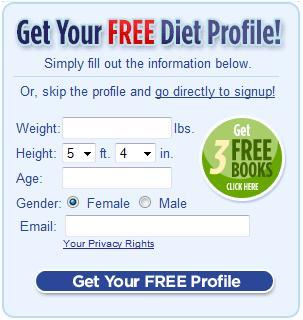The 3 Most Potent Lead Capture Strategies in Internet Marketing
Digital Hill Multimedia, Inc.
Email Capture Strategies
As mentioned in past posts, email capture requires the visitor to engage with a website and is paramount in measuring the success of a non-ecommerce internet marketing campaign. This engagement is viewed as a transaction. The visitor is “paying” for information, digital assets, engagement, access or other type of asset with perceived value via their email address. Email addresses should be respected and treated like a relationship. With all of the spam and phishing scams on the web users have become much more weary of handing out their email address.
There are three main strategies for email capture in internet marketing and a combination of all of them will maximize a website’s lead capture capabilities: Moral Bribes, Unique Value Propositions and Portal Access.
Moral Bribe
A moral bribe is simply quid pro quo or “this for that.” It’s a way of exchanging a file or something of perceived value to a visitor for their email address in internet marketing. Companies should always avoid weak moral bribes. The most common weak moral bribe is a “sign up for my newsletter” area on a website. Why should someone sign up for your newsletter? It is crucial for the visitor to be able to identify the benefit of the exchange. Below are examples:


Unique Value Proposition (UVP)
Although very similar to a moral bribe, a UVP goes a little further. A good UVP will leverage a company’s expertise by collecting information from a visitor and using that information to calculate something of perceived value. For example, it is not uncommon to see some type of body fat index calculator or calorie counter on a weight loss website. The site collects certain data from the user, to include an email address somewhere during the process, and performs the needed calculations. Thus, providing the visitor with a unique value.
Graders and calculators can be a great way to deploy an internet marketing UVP. It may not be prudent however, to ask for the email address upfront. If you can get the user to start down a path and begin engaging with a UVP the user will have an investment of their time and a vested interest in providing their email address to continue. The email address can be captured at any point of the engagement.

Portal Access
Giving users the ability to create an account for later access or “become a member” is a great way to capture leads in internet marketing. Not only can leads be captured, but the activity of the user can be tracked to him or her. This type of data can be used for targeted email marketing or even creating a custom user experience. Successful portals attract visitor signups by enticing users with valuable information or engagement on the other side of the portal.
For example, if a user wants to participate in a forum allow that user to read the forum but not engage the forum until him or her has established an account. Another example might be a product catalog. It may be prudent to deny visitors access to some specific data in the catalog that they would perceive as valuable until they sign up for an account. It is a common internet marketing strategy for users to be given a “taste” of what’s on the other side of the portal to encourage them to signup.

